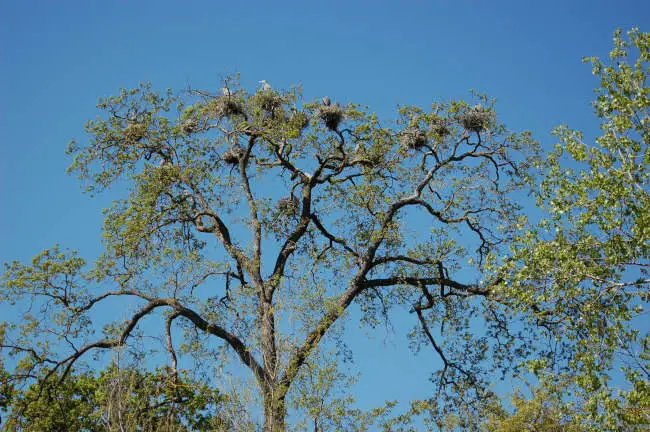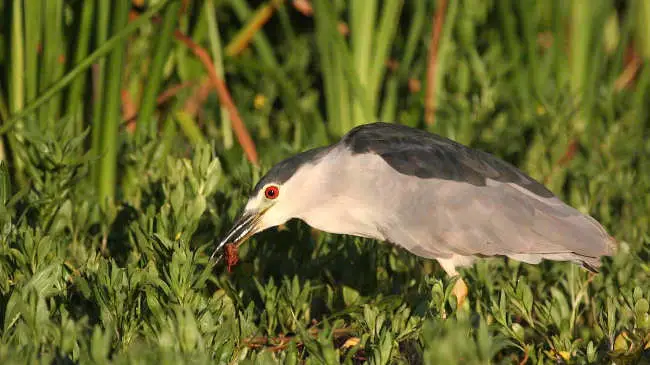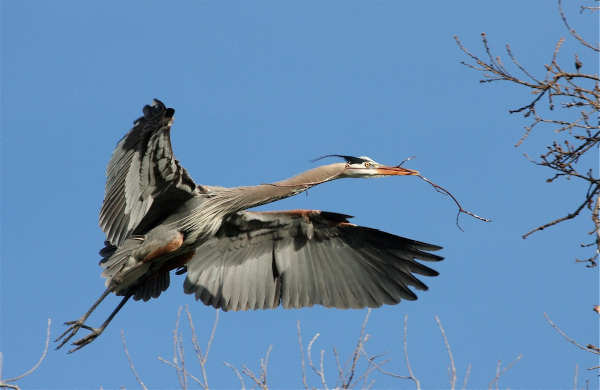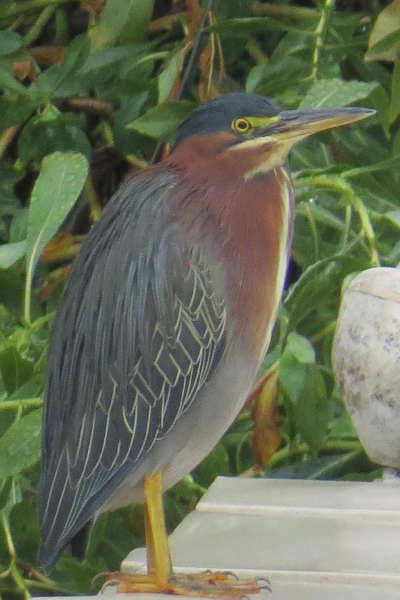
LAKE COUNTY, Calif. — On Thursday, April 20, Redbud Audubon will host Scott Jennings, an avian ecologist with the Audubon Canyon Ranch in Marin County.
The program will be presented on Zoom starting at 7 p.m.
Since 1990, Audubon Canyon Ranch has had a program monitoring heron and egret nesting colonies throughout the northern part of the San Francisco Bay area.
During that time, the researchers have observed several colonies change in size or be abandoned, and have seen new colonies form.
In recent years they have used GPS telemetry to study how Great Egrets move across the landscape, in part to learn how far individual egrets might move when they abandon a nesting colony.

Jennings will talk about how nesting abundance of great blue herons, great egrets, snowy egrets and black-crowned night-herons has changed over the last 30 years, and how that information can be used to guide wetland conservation.
He will also share what they have learned about how frequently heron and egret colonies change size or are abandoned, factors thought to be related to colony abandonment, and how often birds return to abandoned colonies.
Jennings grew up in Mendocino and Humboldt counties and earned a BA degree in environmental studies and biology at UC Santa Cruz and a MS degree in wildlife science at Oregon State University.
Over the last 17 years he has studied the ecology and nesting behavior of everything from wrentits to spotted owls to Adelie penguins.

Outside of work he spends most of his free time surfing, hiking, backpacking, traveling, hunting and fishing.
He lives outside Petaluma with his wife, two dogs, two horses, four sheep, a dozen or so chickens, and a weedy vegetable garden.
Please register for the meeting by going to www.redbudaudubon.org and click on the registration link on the home page.
After you register, the Zoom link for the program will be sent on the day of the presentation.
